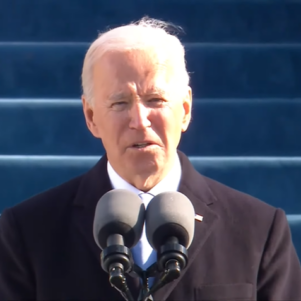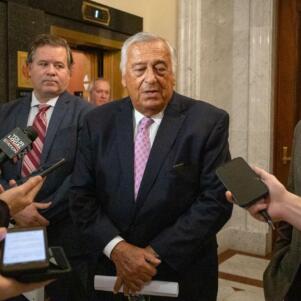State Panel Seeks Lower Rate of Growth in Health Care Costs By Fiat
By State House News Service | April 3, 2017, 13:31 EDT
 (Shutterstock)
(Shutterstock) By Katie Lannan
STATE HOUSE NEWS SERVICE
While they haven’t been able to meet a higher target for the last two years, the health care industry in Massachusetts will be asked in 2018 to meet an even lower benchmark for acceptable spending growth.
After two consecutive years in which medical spending growth has outpaced a 3.6 percent benchmark set under a 2012 health care cost containment law, the Health Policy Commission on Wednesday unanimously agreed to drop the benchmark to 3.1 percent in hopes of somehow driving down future cost increases.
Rising health care costs, while underwriting an industry rich in jobs, continue to swamp household, business, and government budgets in Massachusetts.
“If this is going to happen, and we’re not just setting an artificial number because we have the bully pulpit, then I think we’re going to have to be incredibly imaginative, creative, proactive — all of those great words — in order to really help the entire community, provider [and] payer, change and achieve that,” Commission Vice Chair Wendy Everett said. “Otherwise we will lose our own credibility and effectiveness.”
Health and Human Services Secretary Marylou Sudders, whose secretariat budget already accounts for 57 percent of Governor Charlie Baker’s 2018 spending plan, said the state has an obligation to do “everything possible to continue to curtail spending growth in order to have spending for other important things in the commonwealth, and to continue to signal to the market that that is important.”
The cost control law sought to tie medical spending growth to the overall growth of state‘s economy by calling for health expenditures to increase no faster than the gross state product for five years. When the law was signed in 2012, legislators said its provisions could trim health expenses by $200 billion in 15 years and former governor Deval Patrick boldly declared “today we crack the code on costs.”
Beginning in the 2018 calendar year, the law called for the benchmark to drop to half a percentage point below gross state product, or to 3.1 percent. The commission had the opportunity to raise it back up to 3.6 percent, but declined to do so on Wednesday.
Gross state product has grown an average of 3.85 percent annually since 2012, most recently climbing 6.4 percent in 2015 and 3.4 percent in 2014, according to figures from the Executive Office of Housing and Economic Development. The benchmark has been set at 3.6 percent since it was first put in place, based on the anticipated gross stateproduct growth rate determined by budget writers.
Health costs have grown more rapidly than the 3.6 percent target for each of the last two years, increasing 4.1 percent in 2015 to $57.4 billion after climbing 4.2 percent in 2014, according to the Center for Health Information and Analysis.
Increasing the benchmark from 3.1 percent to 3.6 percent equates to about $300 million in additional spending in 2018, commission general counsel Lois Johnson said.
The benchmark was described in 2012 as a first-in-the-nation target for controlling cost growth, and HPC executive director David Seltz said Wednesday it is a “key tenet” of the law.
But the state faces no consequences for outpacing the benchmark, other than heightened attention around rising medical costs. Providers and payers deemed to post excessive cost growth can be subject to additional HPC oversight.
Commission Chair Stuart Altman said the benchmark “really does matter.”
“It’s the basis on which we evaluate how well the system’s going, both as individual providers and the system as a whole,” he told reporters. “It’s kind of a gauge from which we look at whether we’re doing OK or not, and if we’re not, it provides a kind of added boost for us to sort of say, why aren’t we doing better?”
Altman said having a benchmark helps prevent unwarranted price increases and keeps “a tight rein on how much money flows into the system.”
Wednesday’s vote came three weeks after a public hearing in which health care access advocates and groups representing retailers, community hospitals and insurers urged HPC to choose the lower figure in hopes of affecting industry behavior.
Ten groups who either spoke at the hearing or submitted written comments asked the commission for a 3.1 percent benchmark. Only one, the Massachusetts Medical Society, asked for the higher figure.
The society’s written testimony cited uncertainty around Medicaid funding; expansions in access, coverage and care that could result in additional spending; and the HPC’s authority to require performance improvement plans for providers and payers whose cost growth threatens the benchmark.
“The Medical Society questions what benefit will really be gained by reducing the benchmark to 3.1%?” the testimony said. “Are providers and payers with increasing cost growth year-over by 3.1% to 3.6% really the intended target for Performance Improvement Plans? Retaining the 3.6% benchmark will continue to allow the Health Policy Commission the authority to monitor and approve Performance Improvement Plans for the entities most responsible for driving up cost growth in Massachusetts.”









